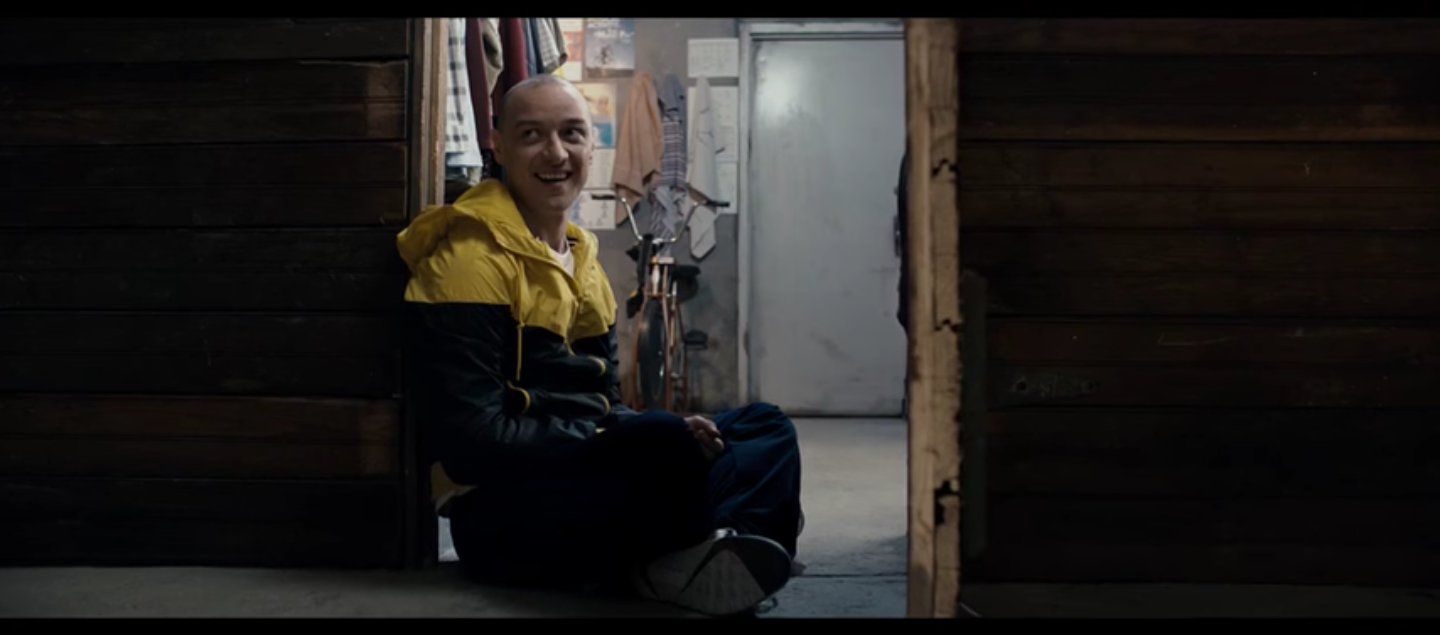Split and the Portrayal of Disassociative Identity Disorder
Editor’s Note: This article contains spoilers for the film, Split.
On January 20, Split, a film about three girls attempting to escape from Kevin Wendell Crumb’s 23 split personalities, was released in theaters. In the film, Crumb suffers from dissociative identity disorder (DID). Dissociative identity disorder, commonly known as multiple personality disorder, is a mental illness that creates one or more personalities within one individual. The disorder also pairs with memory loss; therefore, the individual is sometimes incapable of realizing their multiple personalities. Normally, the disorder arises from some form of trauma during childhood.
Some of Kevin’s personalities include “Hedwig,” a nine-year old boy, and “Patricia,” a woman. One of Kevin’s personalities, “Dennis,” captures three young girls, Claire, Marcia, and Casey, to be held captive in his basement cellar. Throughout the film, several of Kevin’s personalities contact his psychiatrist, Dr. Karen Fletcher, voicing concern about this evident 24th personality, “The Beast.” The entirety of the film focuses on Fletcher and the girls’ attempt to defeat Crumb’s personalities, where Crumb eventually becomes a mass murderer.
In 1886, The Strange Case of Dr. Jekyll and Mr. Hyde, a literary piece, was the first art form depicting a study of an extreme DID case. In the novel, Dr. Jekyll identifies his abnormal split personality and creates a chemical substance to separate his two personalities, Mr. Hyde and Dr. Jekyll. While he likes being separated for some time, eventually Mr. Hyde commits a murder and his identity is revealed. By the 1960s, the psychological thriller, Psycho, drastically changed horror films. This film, again, depicted the character with DID as a mass murderer, who killed and then “became” his own mother. While the DID characters in The Strange Case of Dr. Jekyll and Mr. Hyde and Psycho only suffered from two split personalities, Tom Hanks played six different characters in Cloud Atlas and Split reveals 24 personalities.
Psychologists have become more alert, therefore, more prevalent in diagnosing DID, yet the discussion on the legitimacy of the disorder continues to increase. In 2004, Piper and Merskey conducted a study on childhood trauma’s effects on DID. While the study found that 99% of DID patients report childhood abuse, the study was unable to discover a direct link. Instead, questions arise on the method of treatment and the possibility that the treatment process develops thoughts of childhood trauma within the patient – a false positive. The disorder remains controversial due to the lack of information on the cause and effects, but modern media continues to amplify the disorder to increase the number of personalities and severity of the DID character’s’ actions. Is it ethical for Hollywood films to reveal such extreme, rare cases of a disorder with limited public knowledge?
The overarching purpose of media is to sell. Whether that be to sell entertainment, news, a message, or an item, the goal is to gain a profit. Indirectly, the media is giving the public what it wants in order to successfully sell their pitch. Yet, in creating such mass media, films and forms of art obtain power. They have the capability to influence individual’s perspectives. For example, a commercial on the television about a fur coat may influence you to buy that coat. The coat is made from animal fur, so indirectly, the commercial is advocating animal maltreatment. The brand’s goal is to sell the most fur coats and as long as the customer is willing to buy the item, their company is not impacted. Thus, while a rare, controversial disorder holds strength in creating drama, horror, entertainment, etc. for a phenomenal movie, it also may portray a negative outlook on the disorder and victims of that disorder. And as critics have made clear, there may not be more interest in the media treating their depictions more responsibly.





